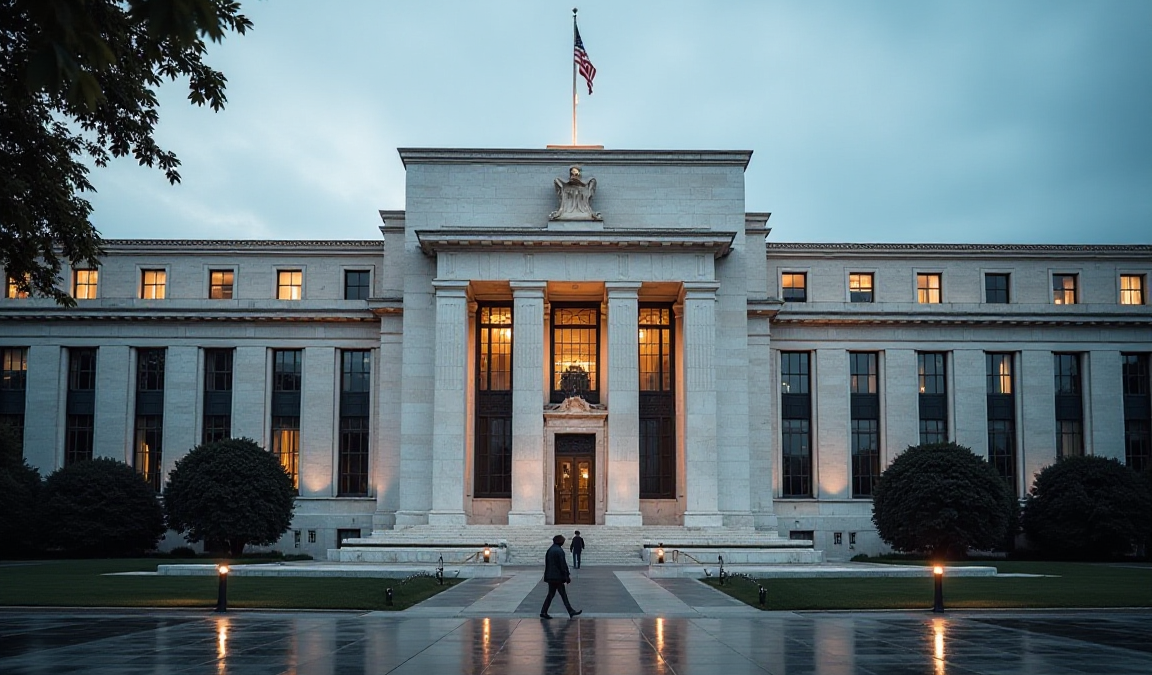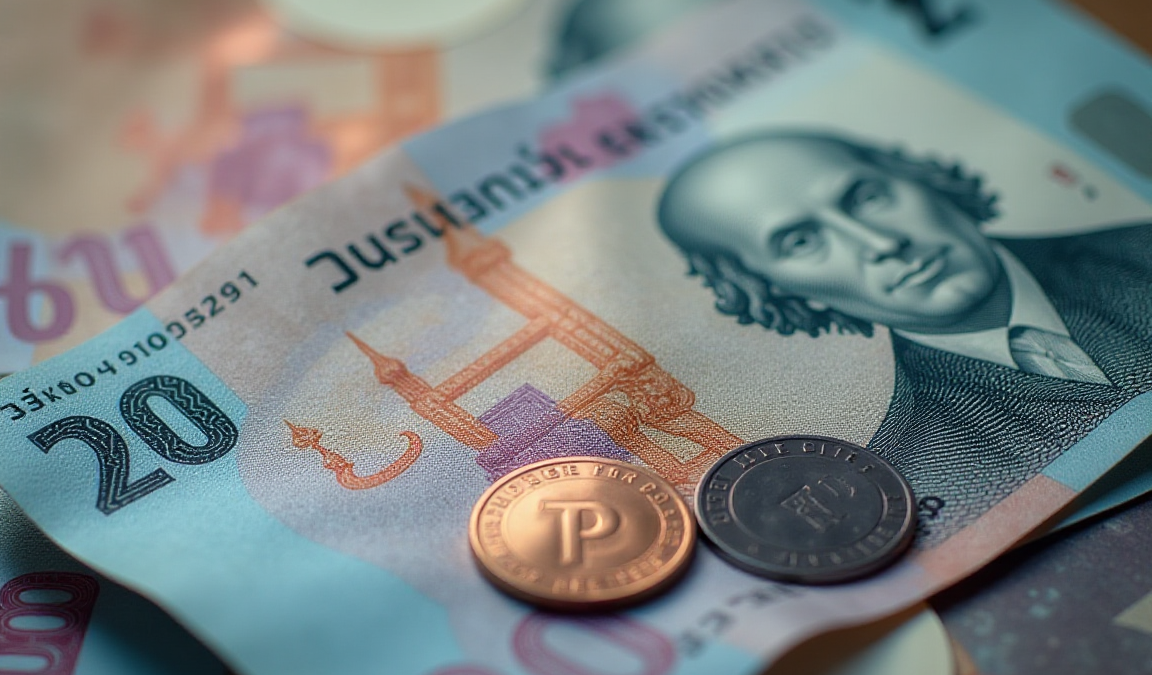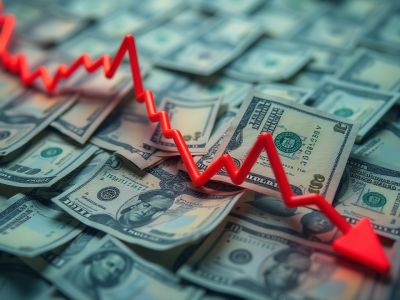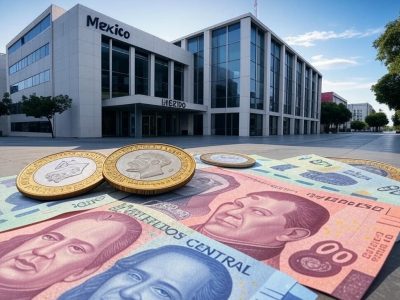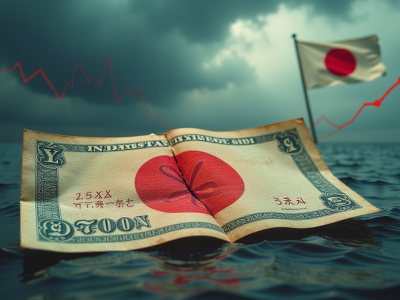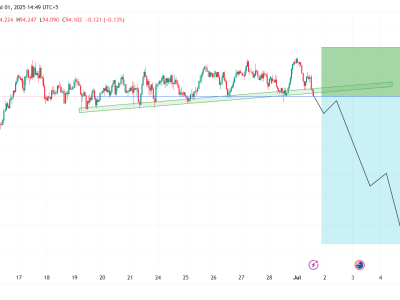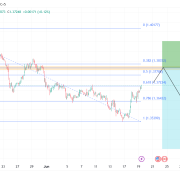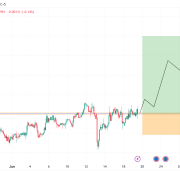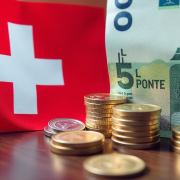
The South African rand has retreated against the US dollar this year as most emerging market currencies slip. The USD/ZAR pair rose to 19.227, its highest point since April 2024, up by almost 13% from its lowest point last year. Similarly, the GBP/ZAR exchange rate peaked at 23.67 earlier last year, but has pulled back to 23.14. So, what’s next for the South African Rand?
South African economy is doing well
The South African rand has retreated even as analysts anticipate more economic growth this year.
Analysts expect the economy to grow by 1.7% this year, a big increase from the expected growth of 0.7% in 2024.
This growth is mostly because of the rising tourism demand in the country, political stability after last year’s deal between the ANC and the Democratic Alliance, and the power situation.
The deal between the ANC and DA has led to some political stability in the country, which has in turn led to higher business and consumer confidence in the country.
Further, there are signs that the power crisis that has hurt the country for years has started to abate. Other sectors like transportation and logistics are expected to continue improving this year.
Most importantly, recent data shows that South Africa’s inflation has stabilized in the past few months. The headline Consumer Price Index (CPI) has dropped to 2.9% from last year’s high of over 5%.
As a result, this performance gives the South African Reserve Bank (SARB) room to cut interest rates this year. Most analysts anticipate that the bank will slash rates by 0.50% in Q1, bringing the benchmark rate to 7.25%.
The bank will deliver more cuts later this year, a move that will boost economic growth by making it cheaper for people and companies to borrow money. Also, the government is making efforts to reduce its deficits.
Why the South African rand is falling
Therefore, the USD/ZAR exchange rate has jumped because of the US dollar index (DXY) performance.
The DXY index has jumped to $110 for the first time in months due to the Fed’s ongoing hawkish tone.
Economists expect the Fed to maintain higher rates for longer as inflation remains sticky. The headline consumer inflation is expected to rise from 2.7% in November to 2.9% in December. Core inflation is expected to remain at 3.3%, which is significantly higher than the Federal Reserve’s 2.0%.
The South African rand has also plunged because of the ongoing fears of Donald Trump’s presidency. Trump has made many pledges that makes the US dollar a more attractive currency than emerging market ones. The most notable one is the threat of tariffs of Amerian imports that will lead to a trade war.
USD/ZAR technical analysis
USD/ZAR price chart | Source: TradingView
The daily chart shows that the USD to ZAR exchange rate has rebounded in the past few months. This rally has been so strong that the pair recently formed a golden cross chart pattern, which is characterized by the 200-day and 50-day moving averages crossing each other.
On the positive side, the USD/ZAR exchange rate has formed a rising wedge chart pattern, with the two lines nearing their confluence level. Therefore, the pair will likely have a bearish breakout. That could happen when Donald Trump is inaugurated next week, and such a move could see it drop to 18.50.
The post USD/ZAR: South African rand is rising, but a rebound is coming appeared first on Invezz


